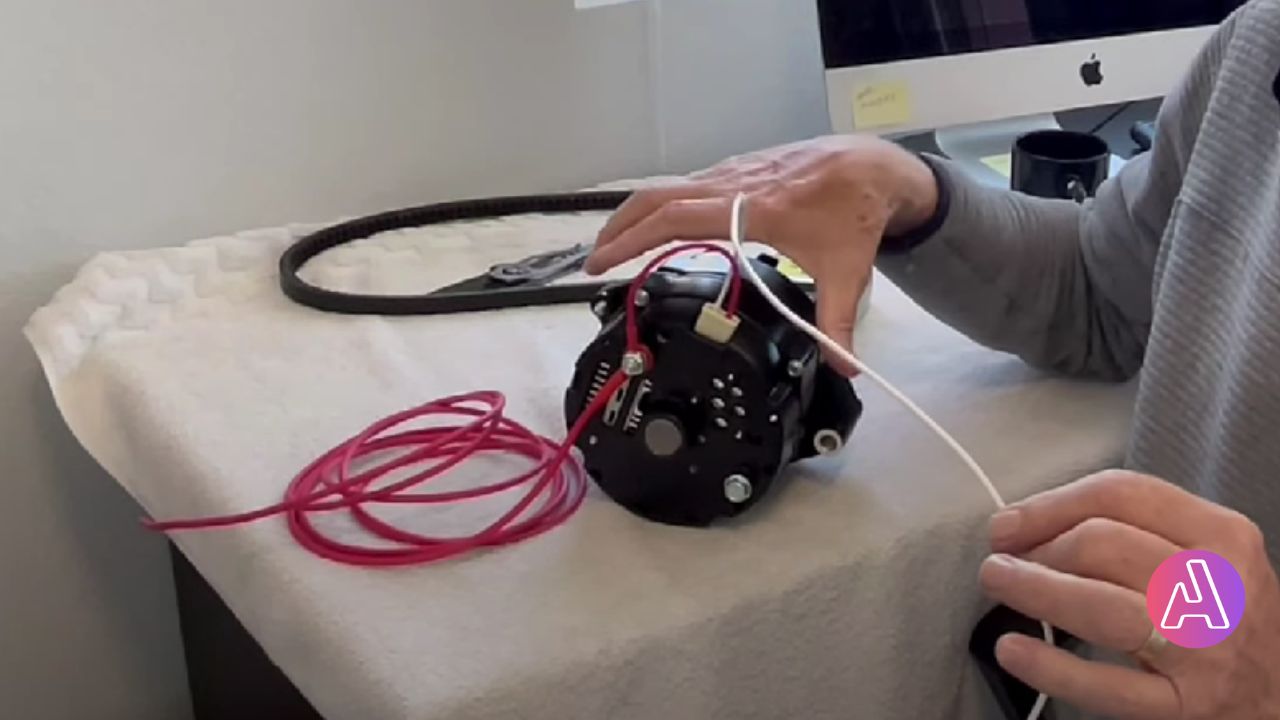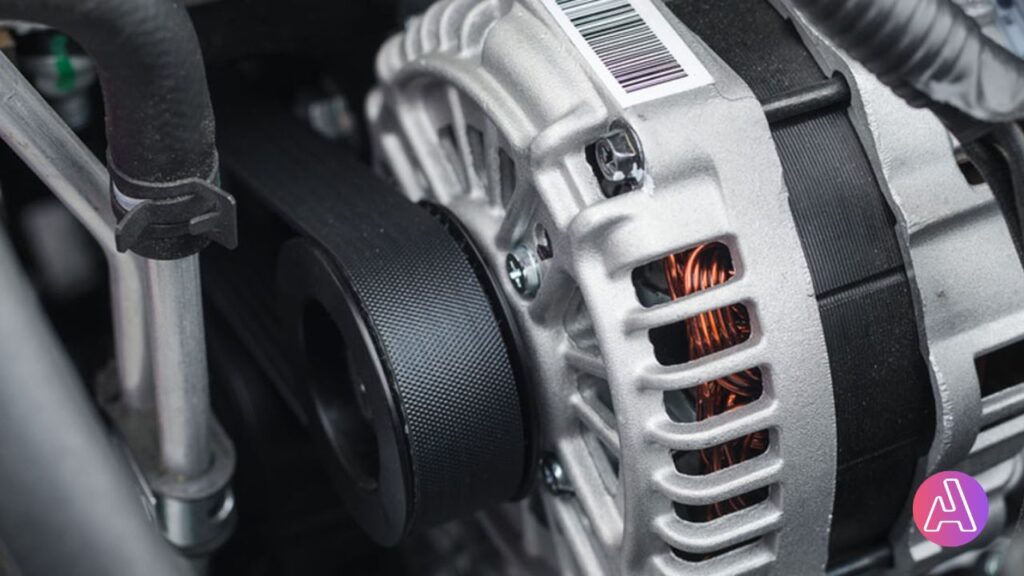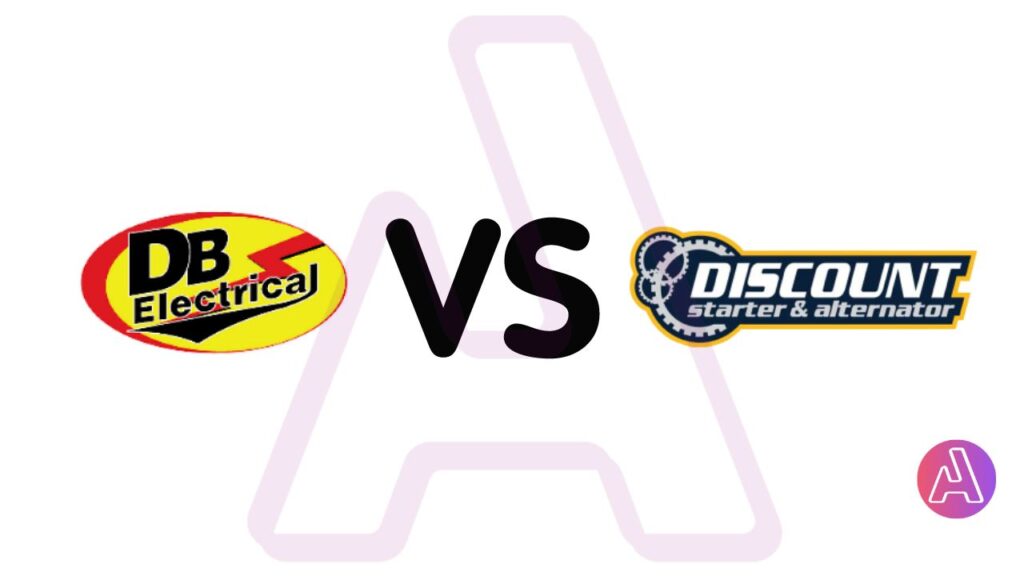
Image Source:https://www.youtube.com/watch?v=LBwptZaXThE
If you are looking for a comprehensive guideline for wiring an ac delco 3-wire alternator then you no longer have to search for other articles as we have covered every detail about the topic here.
Wiring an AC Delco 3-wire generator is not hard and doesn’t take too long. All you need is to read the procedure and you are good to wire your alternator all by yourself. Here’s a step-by-step guide:
Identify the terminals:
Most of the time, the letters BAT, FLD, and S are written on the three wires of an AC Delco 3-wire generator.
- The letter BAT shows the main output line
- The letter FLD shows the field wire
- The letter S shows the sensing wire.
Disconnect the battery:
Take the battery out. Make sure the negative terminal of your car’s battery is disconnected before doing anything that needs power and before disconnecting the battery itself.
This means that there won’t be any mistaken short circuits. Wear gloves and do the session while ensuring your safety.
Connect the BAT terminal:
By connecting the BAT input to the circuit, connect the positive terminal of the battery to the main output terminal (BAT) of the generator. You can use either 10 AWG or 8 AWG heavy-gauge wire for this link.
You can choose to use either one. Make sure the link is safe and that it has the right insulation before you use it.
Connect the FLD terminal:
Make sure that there is a link to the FLD interface. The part of the alternator that controls how much power goes through the rotor to get it going is called the FLD terminal.
The FLD connection on the alternator should be hooked to one end of a small gauge (16 or 18 AWG) wire. The back of the generator should have this link. The other end must be linked to the “IGN” wire of the ignition switch or any other switched 12V power source.
When you turn the key in the ignition, electricity will flow through this link and into the field coil of the generator.
Connect the S terminal:
Use the S port to connect something. The S wire is used to measure the voltage of a battery. The S terminal on the generator needs to be joined to one end of a narrow gauge (16 or 18 AWG) wire.
On the other end, there needs to be a link to either the positive end of the battery or the place where the main power comes together.
Check and secure the connections:
Check the links and make sure they are strong enough to keep people safe. Once all the connections are made, do a second check to make sure they are all safe and protected the right way.
Check the area carefully to make sure there aren’t any exposed or hanging wires that could cause a short circuit.
Reconnect the battery:
After making sure each link is safe, unplug the battery and then plug the negative terminal back in. While reconnecting the battery make sure that you get in contact with any electrical points.
FINAL WORDS
It is essential to remember that the wiring directions may be different depending on the model of the car and the alternator. The whole process is a bit tricky and might be risky if you do it carelessly.
If you don’t know how to wire, you should always read the directions that came with the alternator or ask a professional for help. The alternators have a comprehensive manual about how to wire them.
FAQs
Can I use any wire for connecting the BAT terminal to the battery?
For this connection to work well, you should use a wire with a big gauge, like a 10 or 8 AWG. It makes sure that the wire between the alternator and the battery can handle the current that flows through it without getting too hot or losing voltage.
The two ends of the wire are joined together to make this happen. While connecting the BAT port on the battery, do check the circuit points.
Where should I connect the FLD wire to?
You could also connect the FLD wire to any other switching power source. This must be done for the process to work right. When the ignition is turned on, power is sent to the field coil of the generator.
This gives the alternator a jolt of energy. Since this is the case, the alternator can make more power. The “IGN” lead of the ignition switch or any other switched 12V power source must be connected to the FLD wire so that the excitation current can be controlled properly.
Can I connect the S wire directly to the battery?
Yes, of course. Regardless of which choice you make, the answer to your question is that it is possible. You can connect the S wire to the battery’s positive terminal or, if you prefer, to the main power transfer point.
With the help of the S wire, which will measure the battery’s voltage, the alternator will be able to control much power it puts out with more accuracy. This will make things run more smoothly.
What if I mix up the connections?
Oh, this is the perfect example of getting things mixed up. Before you turn the key in the ignition, you need to make sure that the engine is properly fastened and that all of the connections have been double-checked.
If the lines are backward, it could make the charging system stop working or, even worse, damage the alternator. After you have calmed down by taking a few slow, deep breaths and drinking some of your favorite drinks, check that the BAT, FLD, and S wires are all connected to the right terminals.
Can I wire the alternator without professional help?
Absolutely! Most do-it-yourselfers who want to wire an AC Delco 3-wire generator should be fine with it. You should only make sure that you are carefully following the instructions.
Reread the guidebook for the alternator if you need to, and don’t be shy to ask for help from a professional if you don’t know what to do or if you’re having trouble wiring.
Be aware that it is better to be on the side of caution and make sure your alternator is working well than to make educated guesses and end up with sparks going everywhere because of those guesses.


